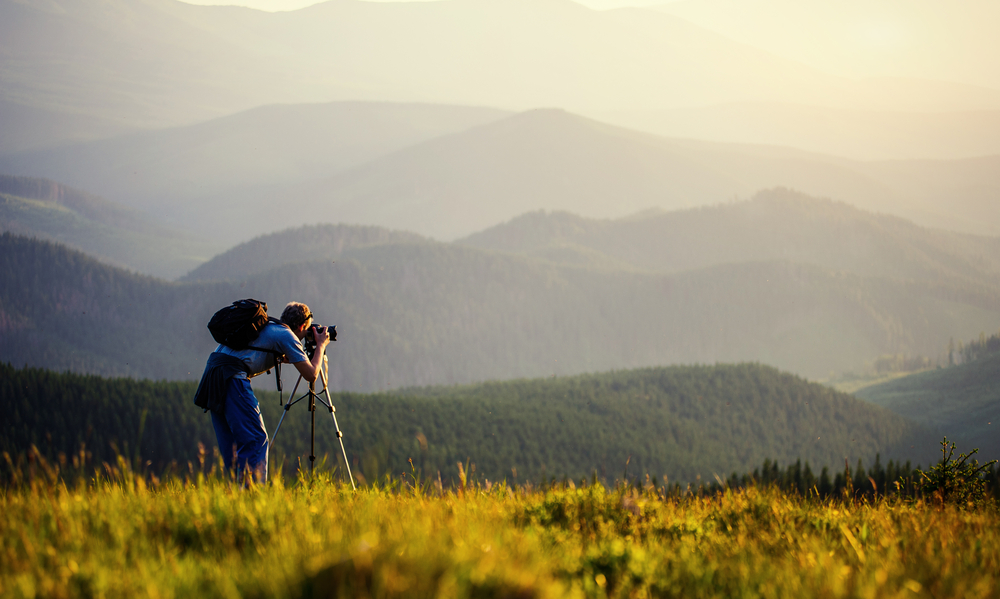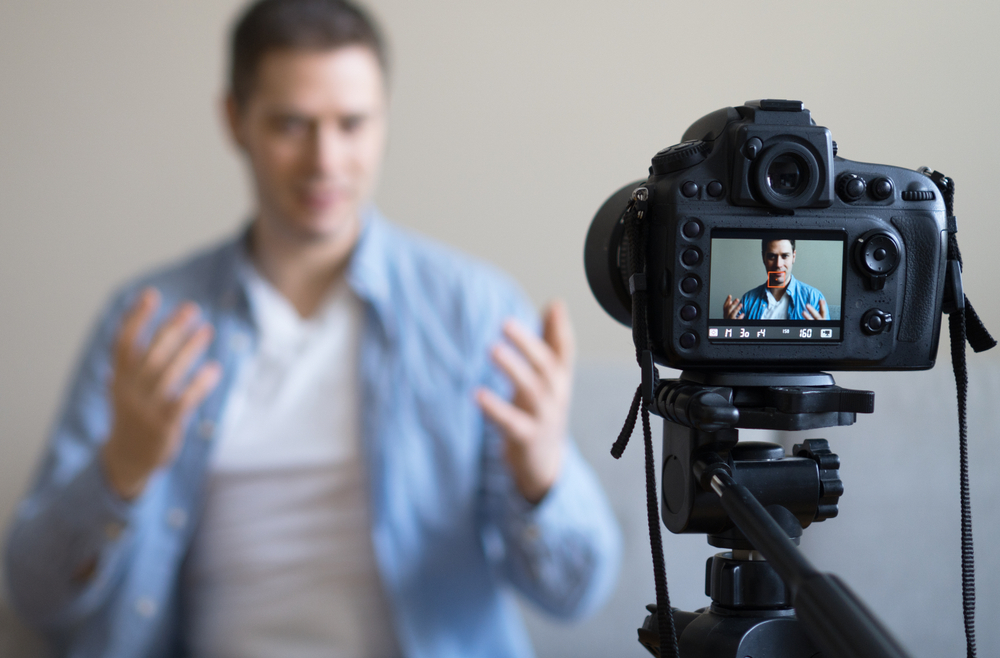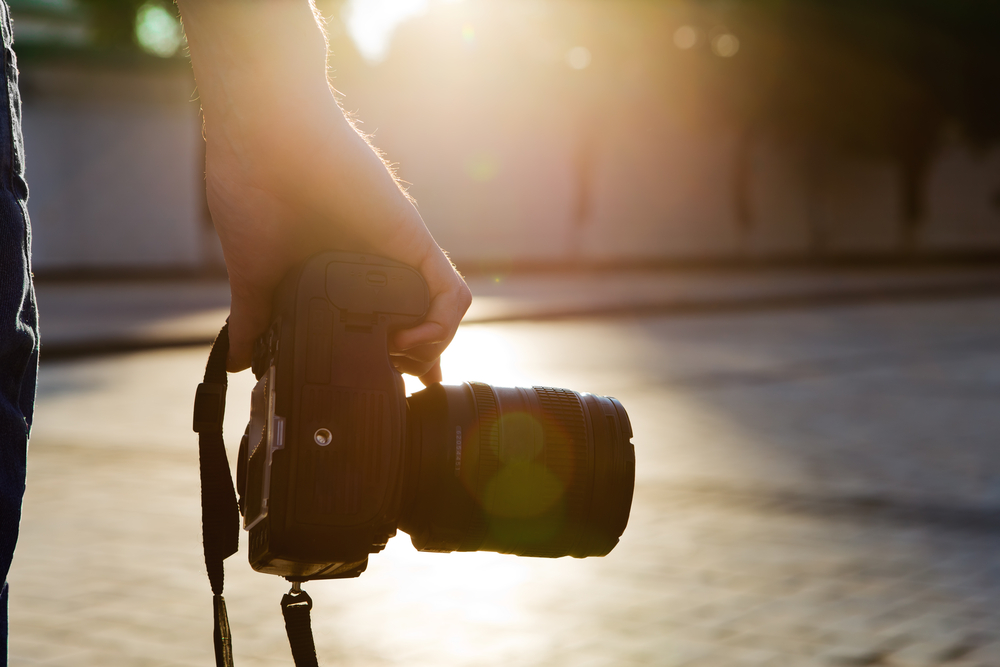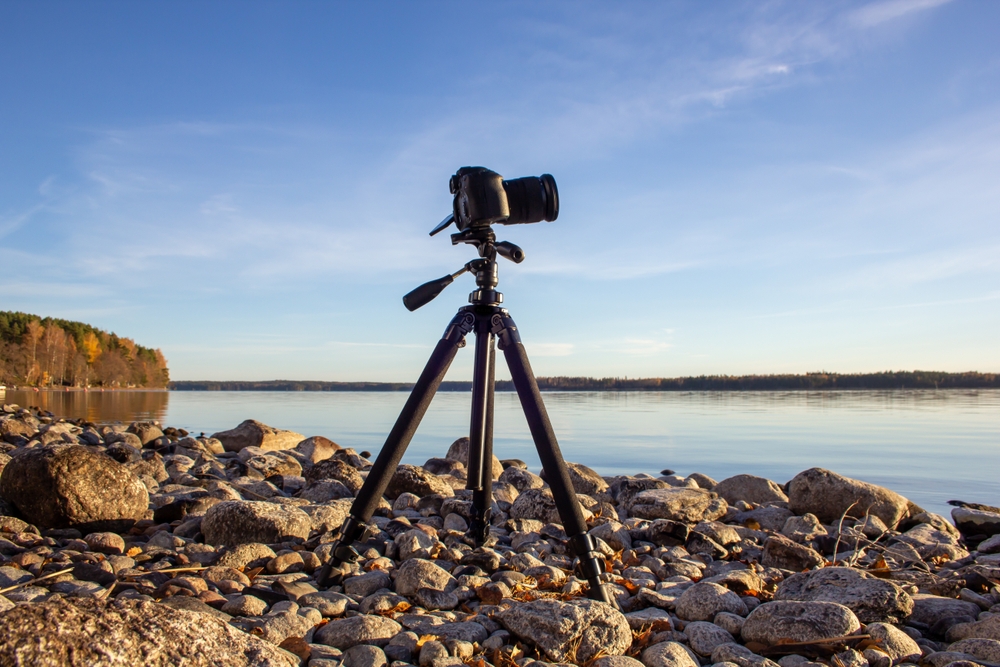If you’re just getting into photography, you’ve probably asked yourself: “Do I really need a tripod?” And if you’ve been shooting for a while, maybe your tripod is just collecting dust in a corner. Either way, you’re not alone.
Tripods can feel like either a life-saver or a burden. They’re awkward to carry, a pain to set up, and easy to forget at home. But when used correctly, they can completely change the quality and consistency of your photos.
In this article, I’ll break down when you actually need a tripod, when you can leave it behind, and how to use one to take your images from good to great. Whether you’re shooting landscapes, portraits, or video content, you’ll find practical tips you can start using today.
Table of Contents
- Use a Tripod for Long Exposures
- Tripods for Landscape Photography
- Why a Tripod is a Must for Video Shooters
- When Not to Use a Tripod
- Travel-Friendly Tripod Options
- Practice Enhances Confidence
- FAQs
Use a Tripod for Long Exposures

Photo by Kan Kankavee via Shutterstock
One of the most common reasons photographers reach for a tripod is long exposure photography. Shooting at night? You need a tripod. Capturing silky waterfalls? Tripod. Star trails? Absolutely.
Even the steadiest hands can’t keep a camera still for several seconds. Without a tripod, long exposure images turn into blurry messes. A sturdy tripod ensures your camera stays perfectly still while the shutter is open.
Personally, I love using a tripod for cityscapes at night. The light trails, the glowing signs—everything comes to life with long exposures. You simply can’t get that handheld.
So if you’re exploring low-light photography or want creative blur in your shots, your tripod isn’t optional—it’s essential.
Tripods for Landscape Photography

Photo by Standret via Shutterstock
Landscape photography often requires patience and precision. A tripod helps with both. It allows you to slow down and carefully compose your shot without worrying about movement.
Tripods are especially useful during sunrise or sunset when light levels are low. You’ll likely be using a narrow aperture (like f/11 or f/16) and a low ISO to keep your images crisp and clean. Those settings demand longer shutter speeds, and that’s tripod territory.
Another benefit? You can keep your framing consistent while you wait for the perfect light. You don’t have to hold your camera in position for 20 minutes while the sun does its thing.
I’ve captured some of my favorite landscapes by setting up a tripod, dialing in the composition, and simply waiting. Without it, I would’ve either missed the shot or dealt with frustrating blur.
Why a Tripod is a Must for Video Shooters

Photo by M-Production via Shutterstock
Let’s talk video. If your goal is clean, stable footage, a tripod is one of the best investments you can make. Whether you’re filming yourself talking to the camera or capturing b-roll, shaky footage can make your content look amateur.
Using a tripod also frees up your hands, which is a blessing when recording longer takes or switching between different angles. A quality video tripod with a fluid head can also help you achieve smooth pans and tilts.
I use a tripod any time I’m shooting YouTube content or interviews. It’s not just about stability—it’s about professionalism. And when you’re trying to grow an audience, that matters.
If video is part of your workflow, your tripod should always be part of your kit.
When Not to Use a Tripod

Photo by Godlikeart via Shutterstock
There are definitely times when a tripod is more trouble than it’s worth. Street photography, for example, is usually fast-paced and unpredictable. Setting up a tripod on a sidewalk can not only slow you down but also draw unwanted attention.
Events like weddings or concerts are also tricky. You need to move quickly, react to changing moments, and stay out of the way. A tripod in a busy aisle can be more of a hazard than a help.
In these cases, faster shutter speeds and image stabilization features are your best tools. Leave the tripod at home and focus on mobility.
That said, if you’re doing time-lapse or static wide shots, a tripod still might have a role. Just choose your moments carefully.
Travel-Friendly Tripod Options
One reason people avoid using tripods is portability. They’re often bulky, heavy, and annoying to carry. Luckily, there are plenty of compact, lightweight options out there.
Look for carbon fiber tripods if weight is a concern. Some models fold down small enough to fit inside a carry-on bag. Travel tripods also tend to have fewer leg sections, which makes setup faster.
For ultra-light travel, I sometimes use a mini tabletop tripod or even a clamp mount, depending on the situation. They’re not as stable, but in a pinch, they’re better than nothing.
Bringing a tripod doesn’t have to mean breaking your back. Just match the gear to the trip and shoot smart. Have a look at our video above to scope out some of Alex’s favorite tripods!
Practice Enhances Confidence

Photo by Bauwimauwi via Shutterstock
Here’s the truth: the more you use your tripod, the more intuitive it becomes. At first, it feels slow and clunky. But give it time, and it becomes a tool you can set up in seconds—even in the dark.
I recommend practicing tripod use at home or on casual shoots. Get comfortable with adjusting the legs, leveling your camera, and finding the right height. It’ll pay off big-time when you need to work quickly on location.
Don’t be afraid to experiment. Use your tripod in new ways—vertical orientation, low-angle shots, or bracketed exposures for HDR.
In the end, confidence with your gear leads to more creative freedom—and better photos.
FAQ

Photo by GaudiLab via Shutterstock
Do I need a tripod for photography as a beginner?
Not always, but it helps. If you’re shooting in low light or want to experiment with long exposures, a tripod is a smart early investment.
What’s the best tripod for travel?
Look for a lightweight, compact tripod made of carbon fiber. Brands like Peak Design, Manfrotto, and Benro offer solid options for travel.
Can I shoot professional video without a tripod?
You can, but it’s hard to get smooth, stable footage without one. A tripod gives you consistent framing and a professional look, especially for interviews or talking head videos.
Are there alternatives to using a tripod?
Yes—monopods, gimbals, bean bags, or even resting your camera on a stable surface can work in a pinch. But for sharp stills and smooth video, a tripod is tough to beat.
So do you really need a tripod? Maybe not all the time—but when you do, it makes all the difference. Learn how and when to use one, and your photography will thank you.
Heads up: Clicking on our affiliate links and exploring our sponsored content helps us at no extra cost to you, and we only recommend gear we’re absolutely crazy about!
Learn More:
Photo by Jaromir Chalabala via Shutterstock

